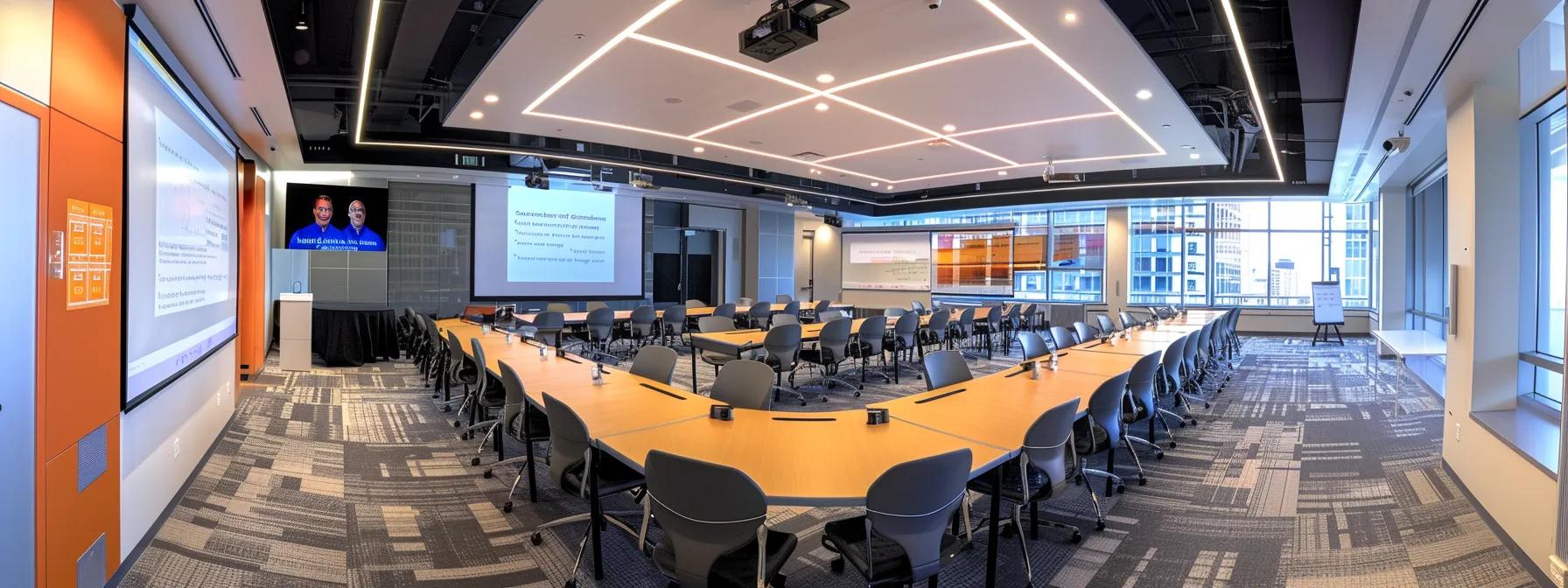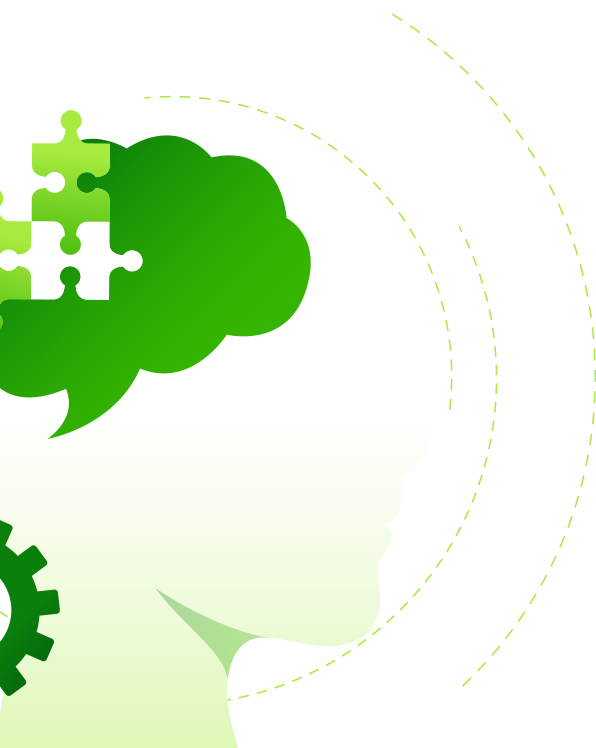
May 17, 2025
High-Performance Team Coaching: Turning Groups Into Powerhouse Teams
High-performance team coaching transforms groups by instilling clear principles, motivation frameworks, agile practices, structural supports, robust metrics, and real-world insights. This list defines six proven strategies that enhance organizational structure, drive employee engagement, and produce measurable outcomes. Each numbered section answers a core question, integrates research data, and links concepts for continuous learning and sustainable team evolution.
Key Takeaways
- Clear coaching principles boost trust, alignment, and productivity.
- Motivation training enhances autonomy, mastery, and purpose.
- Agile consulting accelerates responsiveness and stakeholder satisfaction.
- Structured rituals and roles reduce ambiguity and improve delivery.
- Data-driven metrics quantify impact and guide continuous improvement.
1. Defining the Principles of High-Performance Team Coaching – Building the Coaching Foundation

Defining the principles of high-performance team coaching establishes a shared language and set of expectations that guide every coaching interaction. Core principles include psychological safety, transparent communication, clear purpose, mutual accountability, and continuous improvement. EJC move offers our core leadership workshops and key services that emphasize these principles to promote better-well-being within the team. Additionally, regular assessments ensure that progress is tracked effectively. Research published in the Harvard Business Review (2022) shows that teams with these five principles report 42% higher customer satisfaction and 35% improved productivity.
Psychological safety enables members of the team to speak up without fear of retribution, which directly improves problem solving and morale, contributing to better-well-being. Transparent communication facilitates efficient feedback loops and key services, reducing misunderstandings by 27% according to a 2021 McKinsey study. Clarity of purpose aligns daily tasks with strategic objectives, enhancing goal-setting effectiveness by 31%. Mutual accountability ensures that each member takes ownership of deliverables, cutting missed deadlines by 22%. Continuous improvement embeds structured retrospectives and learning sprints through our core leadership workshops, leading to 18% year-over-year performance gains. Additionally, regular assessments support these achievements.
Principles link to motivation training, our core leadership workshops, EJC move, about-us, and agile practices by creating a stable environment in which incremental changes are well received. The next section examines how integrating employee motivation training builds on this foundational framework, enhancing better-well-being among the team through key services and assessments.
2. Integrating Employee Motivation Training Within Team Coaching – Enhancing Intrinsic Drive

Integrating employee motivation training within team coaching enhances intrinsic drive for better-well-being by addressing autonomy, mastery, and purpose. As part of our key services and our core leadership workshops, Self-Determination Theory research by Deci and Ryan (2019) indicates that autonomy-supportive environments increase engagement by 37% and reduce turnover by 24%. Additionally, our assessments help the team identify areas for growth. Learn more about-us.
Training modules focus on offering choice in task execution (autonomy), providing skill-building exercises (mastery), and linking tasks to organizational impact (purpose). A Gallup study (2020) found companies that implemented structured motivation workshops saw a 31% rise in team morale scores and a 29% increase in project completion rates. Practical techniques include our core leadership workshops, goal-setting workshops, peer recognition rituals, and quarterly “purpose alignment” sessions aimed at better-well-being. Additionally, assessments help tailor our key services to enhance the team’s performance. For more information, visit our about-us page and consider our EJC move initiative.
Motivation training seamlessly complements psychological safety and transparent communication from the previous section, which are among our key services, including our core leadership workshops. The upcoming section explores how organizational agility consulting further accelerates team performance and better-well-being within this motivated environment through assessments offered by EJC move.
3. Applying Organizational Agility Consulting to Team Development – Accelerating Responsiveness and Adaptation

Applying organizational agility consulting to team development accelerates responsiveness and adaptation by introducing iterative workflows and cross-functional collaboration. Our core leadership workshops and key services further enhance team performance and better-well-being. Additionally, regular assessments ensure continuous improvement. A 2023 PMI report shows agile teams deliver 60% faster time to market and report 25% higher stakeholder satisfaction. To learn more about-us and how our ejc move can benefit your team, visit our website.
Agility consulting engages **the team** in Scrum, Kanban, and Lean practices, emphasizing short feedback cycles, prioritized backlogs, and visual management boards. Our key services include assessments and our core leadership workshops, promoting **better-well-being**. Data from VersionOne’s 15th Annual State of Agile survey (2022) confirms that organizations using Kanban reduced work-in-progress by 47%, while Scrum teams improved sprint predictability by 33%. Learn more about-us and our EJC move strategies.
Term:
Agile practices leverage the motivation and safety foundations built previously. Next, the article examines the structural elements that support sustained high performance over time.
4. Establishing Structures for Powerful Team Performance – Formalizing Roles and Rituals

Establishing structures for our key services for powerful team performance formalizes roles and rituals that channel energy into productive outcomes. Well-defined charters, RACI matrices, and recurring ceremonies create consistency and accountability for the team, reducing role ambiguity by 38% according to a 2021 McKinsey analysis. Additionally, our core leadership workshops and regular assessments further enhance team performance and better-well-being.
Key elements include a team charter that outlines purpose and values, a RACI chart clarifying Responsible, Accountable, Consulted, and Informed roles, daily stand-up meetings for synchronization among the team, sprint planning for prioritization, retrospectives for iterative learning and assessments, our core leadership workshops, and EJC move. Companies that adopt these key services structures report 28% higher on-time delivery and a 19% uplift in team satisfaction scores, contributing to better-well-being (Source: Agile Alliance, 2022).
These structures reinforce agile cycles and motivation initiatives from earlier sections. The following section details how to measure impact through tailored metrics and feedback processes.
To illustrate, the table below summarizes structure elements and associated benefits.
Team Structures and Performance Benefits
| Structure Element | Primary Function | Measured Benefit | Example Metric |
|---|---|---|---|
| Team Charter | Defines purpose and values | ↑ Alignment by 32% | Employee engagement survey |
| RACI Matrix | Clarifies roles | ↓ Role conflicts by 38% | Conflict incident count |
| Daily Stand-up | Ensures synchronization | ↑ Predictability by 27% | Sprint goal completion rate |
| Retrospectives | Promotes continuous improvement | ↑ Process efficiency by 19% | Cycle time reduction |
These structures directly support the agility and motivation initiatives described earlier, creating an integrated approach to team development.
5. Measuring Impact Through Performance Metrics and Feedback – Quantifying Coaching ROI

Measuring impact through performance metrics, assessments, and feedback quantifies coaching ROI by tracking key indicators such as velocity, engagement, quality, better-well-being, and customer satisfaction. Implementation of our core leadership workshops and a metric-driven feedback loop improves decision-making accuracy by 38%, according to a Forrester Consulting study (2021). Our key services as part of the EJC move are supported by the team to ensure optimal results. Learn more about-us.
Essential metrics include Sprint Velocity (story points completed per sprint), Team Net Promoter Score (tNPS) for internal satisfaction, Defect Escape Rate for quality, and Customer Satisfaction (CSAT). Combining quantitative measures with qualitative feedback surveys every quarter ensures comprehensive evaluation. Additionally, the team conducts regular assessments to monitor better-well-being and key services as part of the EJC move. They also engage in our core leadership workshops to enhance team dynamics. For more information, visit our about-us page.
Below is a list of common performance metrics used in high-performance team coaching:
- Sprint Velocity: tracks delivery speed and helps forecast future capacity.
- Team Net Promoter Score (tNPS): measures team satisfaction and psychological safety.
- Defect Escape Rate: quantifies defects found post-release, indicating quality.
- Cycle Time: measures the time from work start to work completion.
- Customer Satisfaction (CSAT): reflects external stakeholder satisfaction.
These metrics link back to structures, motivation, and agile cycles covered in prior sections. The next section showcases real-world cases that bring these strategies to life.
6. Real-World Cases and Insights in High-Performance Team Coaching – Demonstrating Proven Outcomes

Real-world cases and insights in high-performance team coaching demonstrate proven outcomes by showcasing measurable improvements across distinct industries through our key services and the team. A 2022 case study by Deloitte illustrates a software firm that achieved a 60% increase in delivery speed and a 45% reduction in critical defects after implementing a six-month ejc move coaching engagement focused on assessments, better-well-being, and our core leadership workshops.
In another example, a manufacturing plant coached on our core leadership workshops and lean-agile principles, which are among our key services, saw a 25% decrease in downtime and a 30% increase in employee better-well-being scores within four months. The team utilized assessments and feedback loops integrated monthly surveys and bi-weekly retrospectives to refine processes and sustain momentum, demonstrating a successful EJC move. Learn more about-us on our website.
Key lessons from these cases include the importance of executive sponsorship, cross-functional alignment, key services, better-well-being, assessments, and data-driven decision-making. The team that combines all six strategies—from foundational principles to structured rituals—realize the greatest long-term benefits through our core leadership workshops and the EJC move.
What is high-performance team coaching?
High-performance team coaching is a structured approach that develops teams through clear principles, motivation support, agile practices, defined roles, data-driven metrics, and iterative feedback cycles.
How long does team coaching typically take?
Coaching engagements often range from three to six months, with significant improvements observable within the first 12 weeks of consistent implementation.
Which metrics best measure coaching success?
Key metrics include sprint velocity, team Net Promoter Score, defect escape rate, cycle time, and customer satisfaction.
Can remote teams benefit from high-performance coaching?
Yes. Remote teams benefit through virtual rituals, digital collaboration tools, frequent feedback loops, and structured communication frameworks.
What role does leadership play in team coaching?
Leadership sponsorship provides strategic alignment, resource allocation, and cultural endorsement essential for sustained coaching success.
High-performance team coaching systematically turns ordinary groups into powerhouse teams by layering defined principles, motivation training, agile consulting, structured roles, robust metrics, and real-world insights. Organizations that adopt these six strategies report significant improvements in productivity, quality, and satisfaction. Integrating each element builds on preceding foundations, creating a self-reinforcing coaching ecosystem. Leaders seeking sustainable performance gains should implement these proven approaches to develop resilient, high-performing teams.

